A local traditional trade
Carpentry was an essential craft in all communities and has been practised for centuries. In the Camden area, the traditional trade of carpentry as it was practised had a variety of forms. Traditional trades were part of the process of settler colonialism on the colonial frontier in the Cowpastures.
In pre-settlement times, the first form of bush carpentry was practised by the Aborigines. They stripped bark from trees and used it for shelters that kept them from the natural elements and made weapons.
At the time of European settlement, many on the frontier had no formal trades skills and learnt bush carpentry from watching the Aboriginal people or experimenting themselves. The bush carpenter was a practical make-do pioneer who innovated with naturally occurring products from their local environment. They practised sustainability in a period when it was a necessity for their very survival and relied on their ingenuity, adaptability and wit.

Some of the bush carpenter’s spirit and tradition arrived with the early European settlers and owed some of its origins to the English tradition of green woodworking. This traditional practice dates back to the Middle Ages and is linked with coppicing, a traditional form of woodland management. The craftsmen led a solitary existence in the woods and made a host of items from unseasoned green timber, including furniture, tools, fencing, kitchenware and other things.
The bush carpenters were amongst the first in the Camden area to erect building structures. Like other rural areas of Australia, the Camden area’s landscape has been defined by the bush carpenter’s huts and sheds. One example was illustrated in Peter Mylrea’s Camden District (2002), the so-called Government Hut erected at the Cowpastures in 1804.
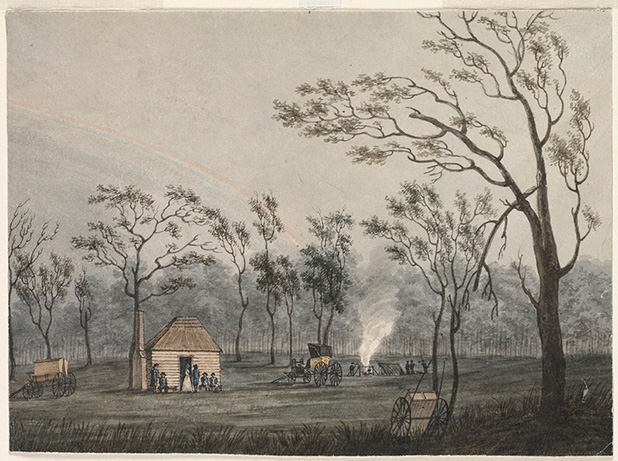
The early settlers who built these basic shelters did so without the manufactured products of the Industrial Revolution. Either through cost or just a make-do attitude, they built rudimentary vernacular buildings that lasted for decades. In later times settlers’ structures were improved with the introduction of galvanised iron after the 1820s.
There were many examples of huts and farm sheds being erected in other parts of the Camden district, remote from major centres, like the Burragorang Valley. Post-and-rail fencing and a host of other structures put a defining character on the rural landscape. There is still evidence of bush carpentry in and around Camden.
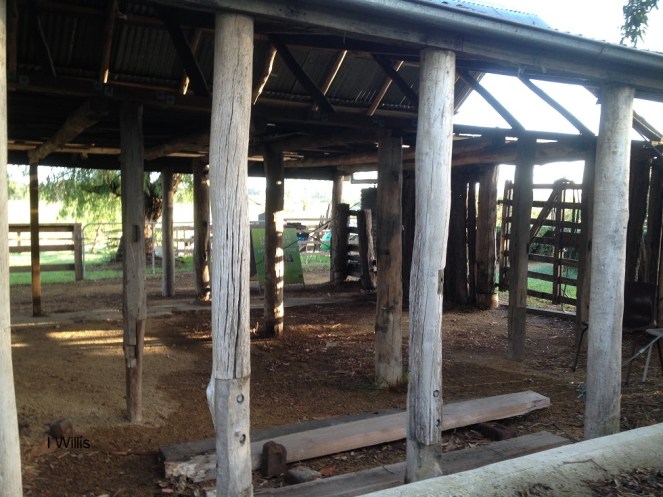
The bush carpenter’s tool kit usually did not have specialised tools and would have included saws, axes, adze, chisels, augers, hammers, wedges, spade, and other items. Their kit was meant to cope with all the contingencies of the rural frontier that were typical of the remote parts of the Camden district.
The formal trade of carpentry and joinery has a long history going back centuries centred on the guilds. Guilds appeared in England in the Middle Ages, and according to the website London Lives 1690-1800, their purpose was to
defend the interests of the trade, regulate the quality of workmanship and the training of new members, and provide support and welfare for their members.
https://www.londonlives.org/static/Guilds.jsp
In London, they were established by charter and regulated by the City authorities. Guilds in London had considerable political power and were one of the largest charitable institutions in the City. Carpenters were organised in the Carpenter’s Company, one of 12 powerful London guilds. Guilds were a mixture of apprentices, journeymen and master craftsmen, with no women.
In the colony of New South Wales, carpenters were formally trained artisans have examples of their work in colonial mansions of the grand estates and the many local towns and villages across the Camden district. These artisans used milled timber and other manufactured products of the Industrial Revolution that were readily available and that their clients could afford.
Camden’s carpenters were a mixture of journeymen and master craftsmen, who had served their apprenticeship in Camden and elsewhere. John Wrigley’s Historic Buildings of Camden (1983) lists 38 carpenters/builders who worked in Camden between the 1840s and 1980s.
The pre-WW2 tradesmen used hand tools and traditional construction methods, which is evident in any of the town’s older buildings and cottages. Take particular notice when you walk around central Camden of the fine quality of artistry that has stood the test of time from some of these traditional tradesmen.
The hand tools used by the Camden carpenter changed little in centuries of development and refinement. The tool kit of the mid-1800s would have included hammers, chisels, planes, irons, clamps, saws, mallet, pincers, augers and a host of other tools. It would be very recognisable by a 21st-century tradesman. Master carpenter, Fred Lawton’s tool kit, is on display at the Camden museum (TDR 19/12/11)
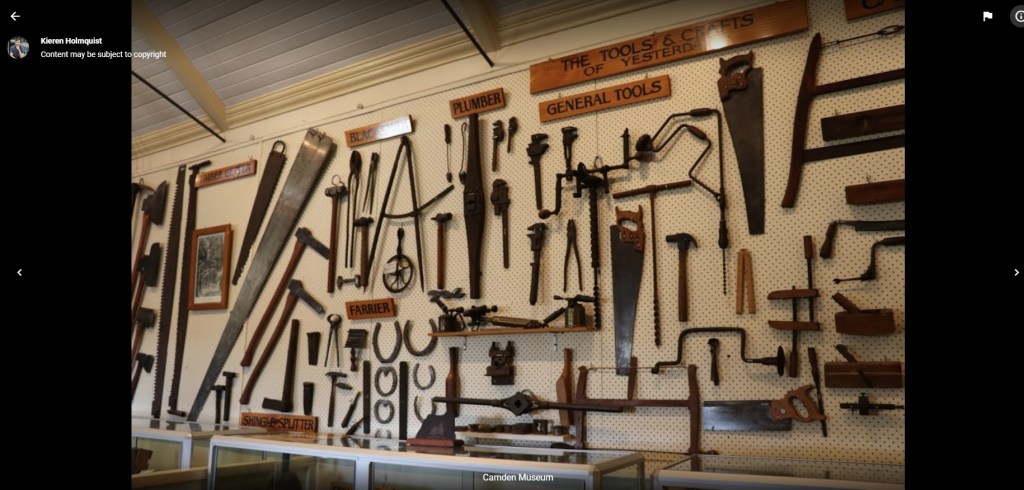
Hand tools were utilitarian, and some had decorated handles and stocks, particularly those from Germany and British makers. By the early 19th century, many hand tools were being manufactured in centres like Sheffield, UK, and these would have appeared in the Camden area. Carpenters traditionally supplied their own tools and would mark on their hand tools to clearly identify them. Many of the hand tools became highly specialised, especially for use by cabinet-makers, joiners and wood-turning.
The Camden carpenters listed in the 1904 New South Wales Post Office Directory were JP Bensley, John Franklin, Joseph Packenham and Thomas Thornton, while at Camden Park, there was Harry ‘Herb’ English. According to Herb’s nephew Len English, Herb English was one of a number of generations of the English family who were carpenters in the early years of the 20th century in the Camden area. It was a family tradition for the sons to be apprenticed in the trade to their father and work at Camden Park. This practice followed the training principles of English carpentry guilds under a system of patrimony.
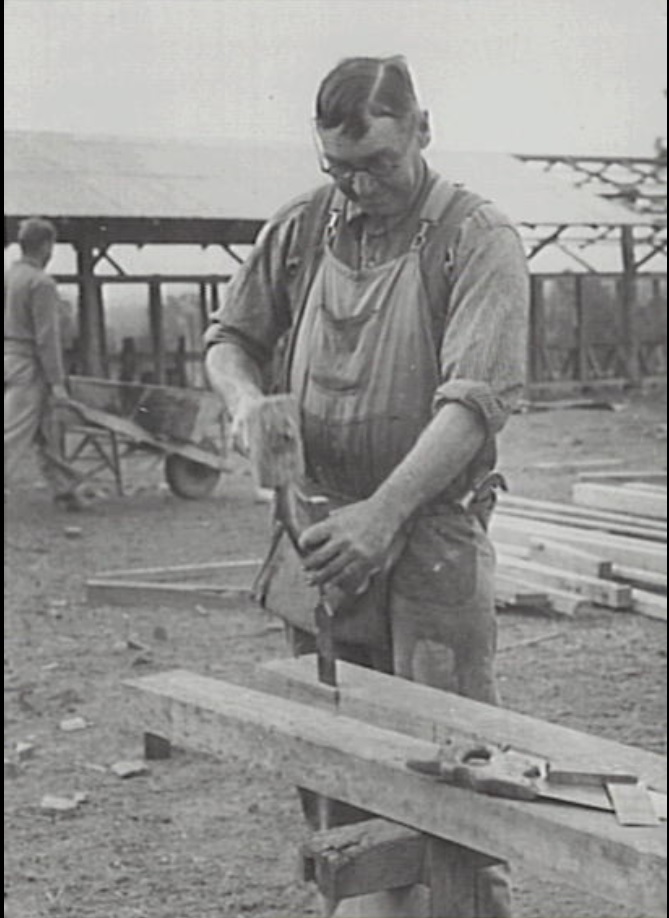
Len English’s grandfather, William John English,e was apprenticed to his father, James, and worked at Camden Park between the 1890s and 1930s. William lived in Luker Street, Elderslie, where he built his house and had his workshop, where Len recalls playing as a lad. William’s son, Jack Edward English, was apprenticed to his father (William) in the family tradition, also worked at Camden Park and later in Camden and Elderslie during the 1930s and 1940s. During this period, Jack and his brother, Sidney, both worked with local Camden builders Mark Jenson and Mel Peat (TDR19/12/11).

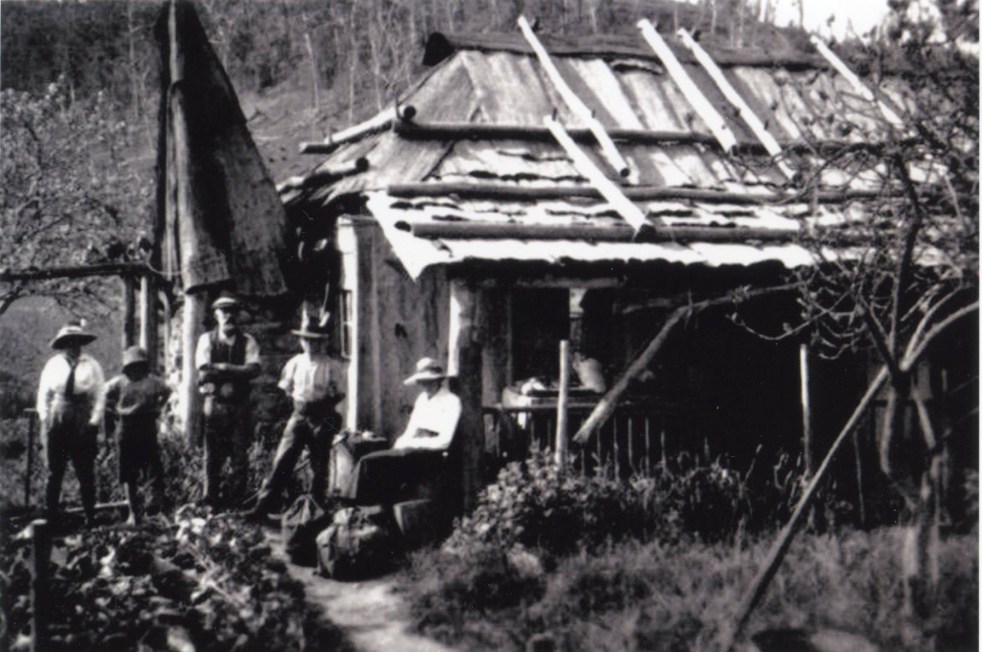

You must be logged in to post a comment.